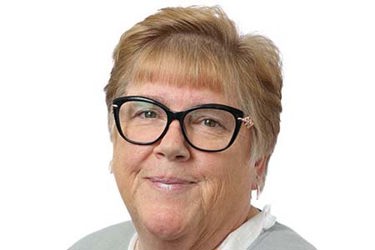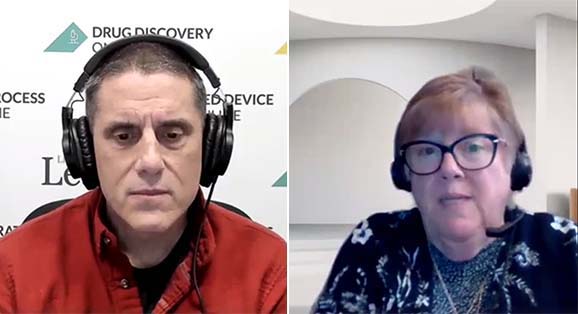Do ClinOps Professionals Understand The CAR-T Supply Chain?

By Dan Schell, Chief Editor, Clinical Leader

You know what you don't hear a lot about when planning for a clinical trial?
Weather.
But when you're talking about a CAR-T therapy, weather events such as hurricanes, tornadoes, floods, and snowstorms become part of the conversation. After all, these are personalized medicines that need to be manufactured and delivered back to the patient usually in tight time frames. Supply chain coordination and logistics management/courier optimization, therefore, become integral parts of the clinical trial planning process. Just ask Lee Clough RN, HP.
Not only does Clough have 35 years of experience with apheresis (i.e., the removal of a targeted cell type or substance from blood), as C&G operations cell steward lead, global C&G PMO at Novartis, she is well versed in the importance of managing the supply chain for CAR-T therapy development. In fact, she spoke at the recent SCOPE conference about the patient as part of the supply chain — a message she reiterated throughout our interview. “This is personalized medicine we’re talking about, so you have to remember that the ‘supply chain’ starts with the patient, which is different than traditional drug development and trials,” she says.
To better understand the CAR-T process, she gave me this brief overview. You take T cells from a patient via apheresis and either ship them “fresh” to the manufacturer or cryopreserve them. Then you ship them to the manufacturer which makes the drug. But along the way, you have to make sure chain of identity and chain of custody are maintained for every step of the process. Also, especially if you are taking that fresh approach, time is of the essence. So, your logistics/supply chain personnel need to be part of trial planning throughout the process to ensure, for example, bad weather isn’t going to possibly delay a cell shipment at any stage. “These therapies are a patient’s lifeline, and we can never forget that.”

Time Isn’t The Only Concern
When it comes to CAR-T trials, Clough says there’s more to consider than just how fast you can move the cells during the process; there are multiple patient issues, too. Most importantly, is the patient ready for collection? Do they have the cells in their body needed for collection? Do they need to have certain medications (e.g., chemotherapies) “washed out” of their system before starting the CAR-T process?
Then there are site issues to contend with. She says often the apheresis team at the site asks what Novartis wants in “the bag” or how soon do they have to get the cells into cryopreservation. “From our standpoint, we want to know their processes and documentation [e.g., chain of custody] procedures,” Clough says. “Every hospital has a slightly different cryopreservation program for the control-rate freezer. So we evaluate each program to see if there is anything we need them to change or if we can work with their system. Ideally, we want them to use their own SOPs for collection of the cells.”
After her panel presentation at SCOPE, Clough says she and the other panelists stuck around for another 30-45 minutes fielding questions from audience members. She says many of the people she spoke with had never worked with CAR T before, and some had questions about the web portal she had discussed. The portal provides real-time temperature and GPS tracking so the hospital and Novartis both know where that drug is at any given time. “So when we're ready to ship back, the hospital has all the information about how we manufactured the drug and what's in that drug.”
Indeed, when you’re dealing with CAR-T therapies, there are multiple teams of specialists — including those trained in how to get a shipment from point A to B despite possible adverse weather — who have to work in sync with each other to ensure success. “At SCOPE, I wanted to acknowledge that it does take a big team to get through this process, but my biggest message was that everyone involved needs to remember that all of this starts and ends with a patient who is relying on this therapy to help them,” Clough says.
